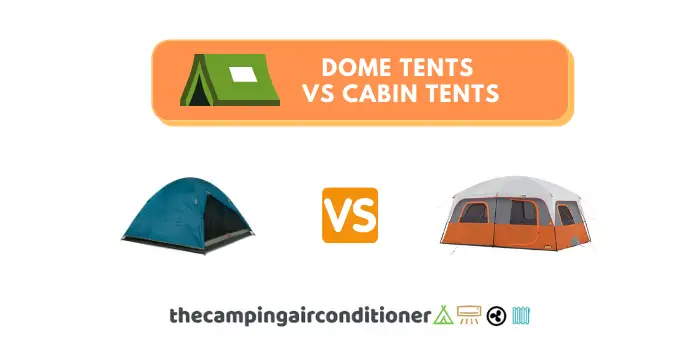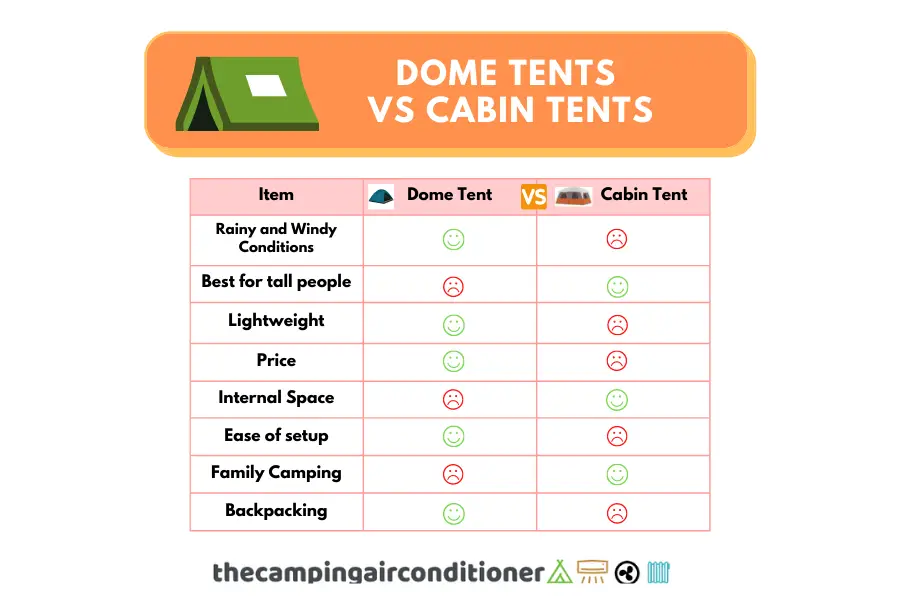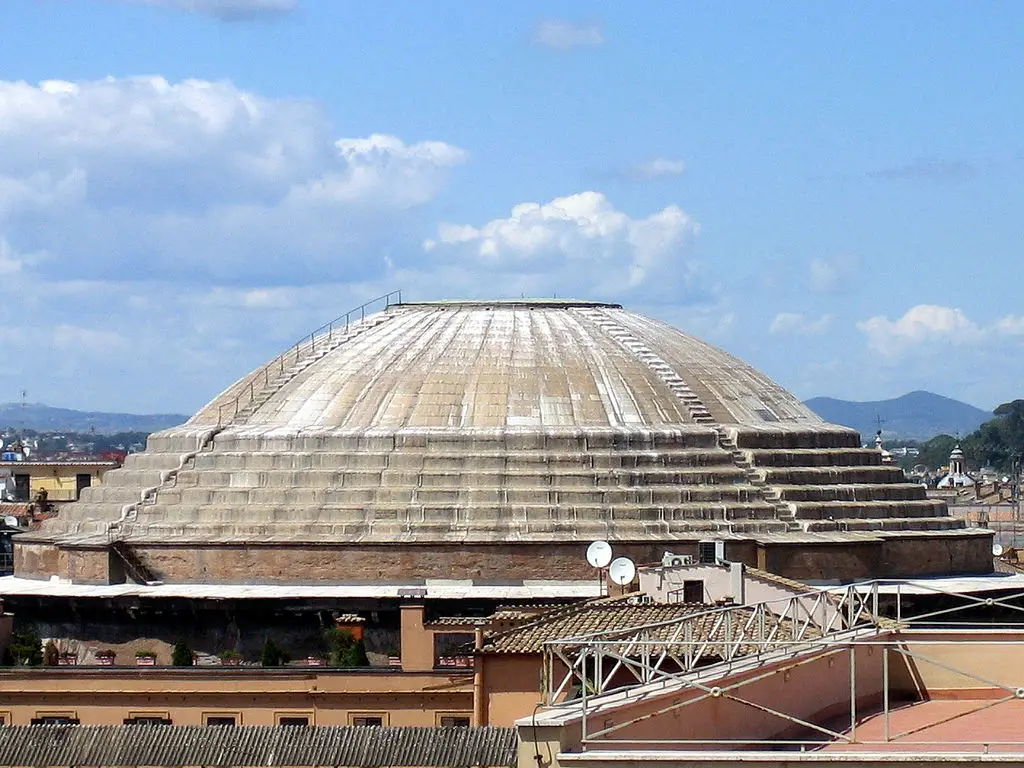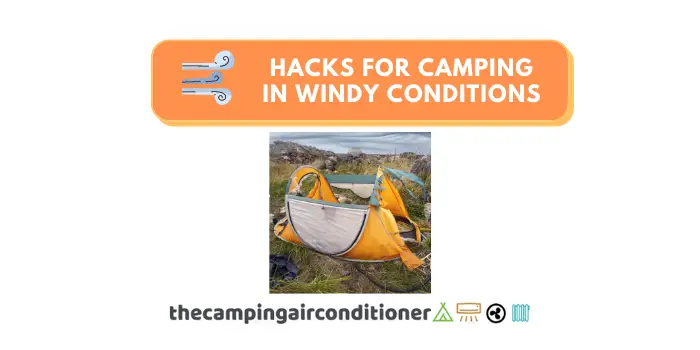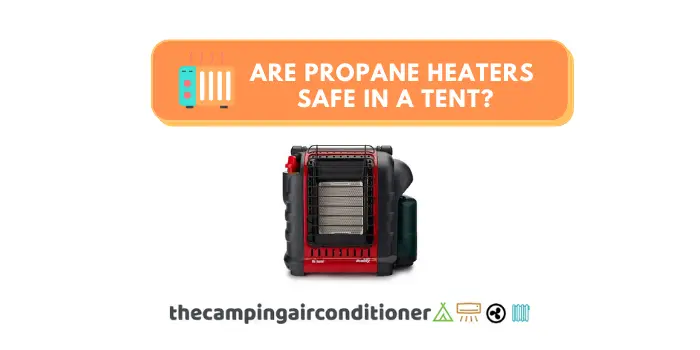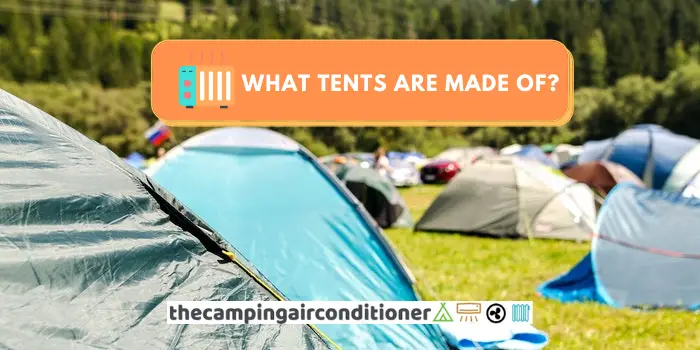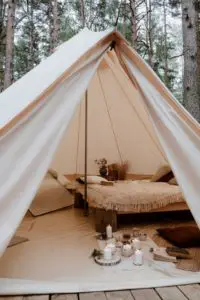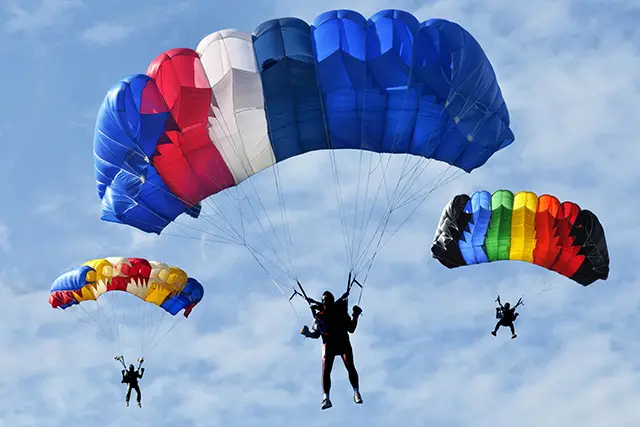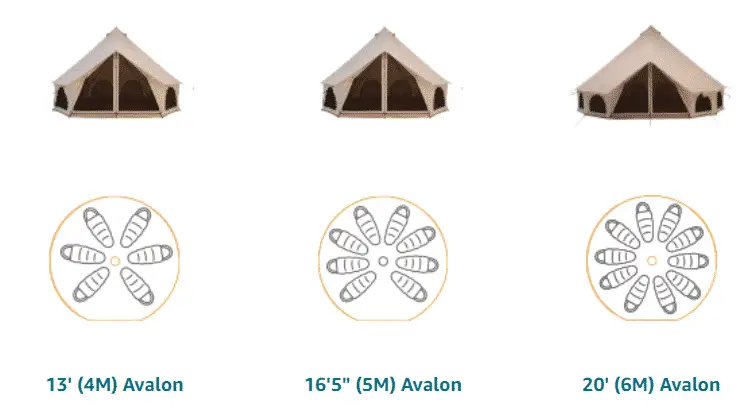Can you use a 3 season tent in winter? 6 Tips to make it possible!
Many first time campers are not aware of the multiple types of tents available today. They vary according to size, shape, fabric, weather specs, and other elements.
When it comes to weather conditions, 4-season tents are the ideal gear to bring for winter camping. However, a common question raised is: Can you use a 3 season tent in winter?
In short, yes, you can. But you will probably need to bring some extra camping gear and put some additional measures in place to ensure you do not freeze during a cold night.
Let’s go through them below.
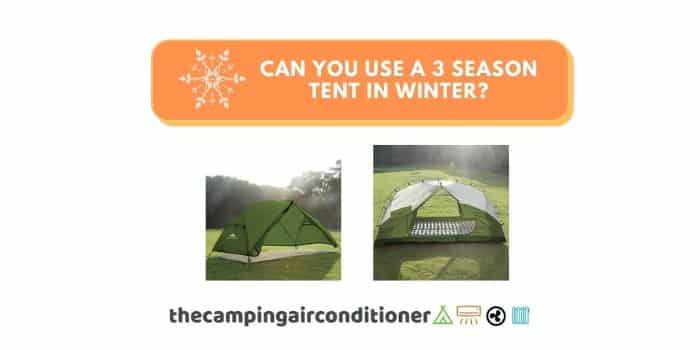
What is the difference between 3 season and 4 season tents?
The 3 season tents are commonly used during spring, summer and autumn. They are designed to be lightweight and easy to carry around, fitting the need of any camper.
It commonly has meshed areas and walls to increase air circulation and allow for better temperatures during scorching days. Some models come with an instant setup, which helps them to be one of them the preferred option for many campers.
On the other hand, 4 season tents are designed for severe cold weather conditions and are commonly robust and sturdy. This kind of tent is manufactured to support heavy winter and snow conditions, which requires a strong structure (poles are reinforced).
Because of the insulation needs, they tend to use fabric with less breathability and fewer openings, which, as a consequence, significantly impact airflow through the tent.
Can you use a 3 season tent in winter?
If you already have a 3-season tent and don’t want to buy a new one, you probably wonder whether you can use it during the cold season, right?
Yes, you can. Even though they are not designed to deal with heavy winter, you can do some tricks to enhance their performance.
Some models, such as Forceatt Tent, are already coming with features that combine characteristics of both 3 and 4 season models.
For example, Forceatt Tent has its roof meshed, which is ideal for summer camping and optimal breathability.
At the same time, it also comes with a rainfly that can be installed to insulate the tent’s roof and serve as a windbreaker. It comes with robust aluminium poles that can bear light snow loads.
Forceatt Tent Rainfly
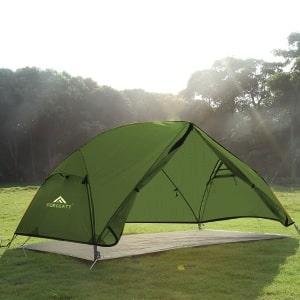
Forceatt Tent without rainfly
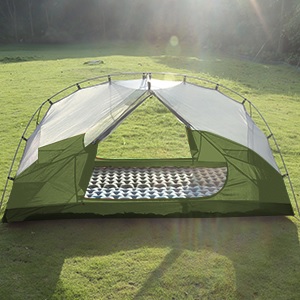
However, if you plan to camp in snowy conditions, we advise you to consider a 4 season model.
How to use a 3 season tent in winter?
To use a 3-season tent during winter, you must insulate it properly. There are several measures that you can do to help you with it, such as:
#1 - Using a tent insulation liner (and thermal blankets)
A tent insulation liner will help to create a thermal barrier that will avoid heat transfer from inside your shelter to the outside environment.
There are some inner tent models, such as Crua Outdoors Culla Maxx, that you can install inside your tent and ensure optimal insulation. It might be the case that Crua Outdoors Culla Maxx does not fit your tent. You can install an insulation shield with duct tapes and pegs, such as SmartShied.
#2 - Insulate your tent floor
Your tent can quickly lose the warm air inside it through the floor. If you have a 3-season tent, it might be good to use reflective foam and foam tiles above your tent floor to ensure optimal insulation (as detailed in the picture below).
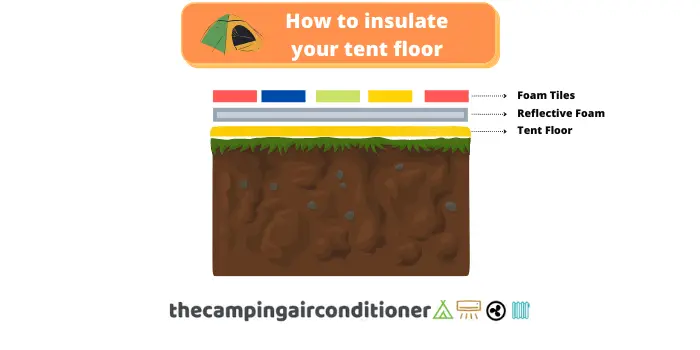
#3 - Use a smaller tent
The more spacious the tent, the more heat is required to warm it up. Hence, choose the smallest tent that can provide enough space for your trip
#4 - Bring an adequate sleeping bag
Be mindful that sleeping bags have different ratings directly related to the temperature levels they can handle. They are usually classified according to the EN13537 (European Norm).
When choosing your sleeping bag, make sure that it supports the temperature of your campsite. It is important to remember that using an extreme cold weather sleeping bag might not be suitable during mild winter conditions (you don’t want to be sweating all night long, right?).

#5 - Use a portable tent heater
Even if you use a 4-season tent, a portable tent heater is an excellent alternative to keep you warm during freezing nights in your shelter.
The article below details what kind of heaters you can use in a tent and what safety measures you should put in place when using them.
Suggested article: What kind of heater can be used in a tent?
#6 - Pitch your tent at the perfect spot
Avoid setting your tent up in open areas with wind flow exposure. Look for locations with natural windbreakers, such as trees and even snow.
FAQ
How cold is too cold for camping?
Camping records show that people can camp in temperatures below minus 70 Fahrenheit. However, suppose you are not a very seasoned winter camper. In that case, we advise you not to risk yourself with temperatures below the 30-40 Fahrenheit (around 0-celsius degrees).
Conclusion
If you insulate it adequately, it is feasible to camp with a 3-season tent during winter. Some measures that we advise to consider when using 3-season models during freezing weather are:
a) Using a tent insulation liner
b) Insulating your tent floor
c) Use a smaller tent
d) Bring an adequate sleeping bag
e) Use a portable tent heater
f) Pitch your tent in a protected area
Be mindful that these measures have costs associated with them and mean extra gear for your trip. Take into account all the pros and cons of this approach and consider buying a 4-season tent if it looks like it will be too much hassle.
Have a warm camping.





















